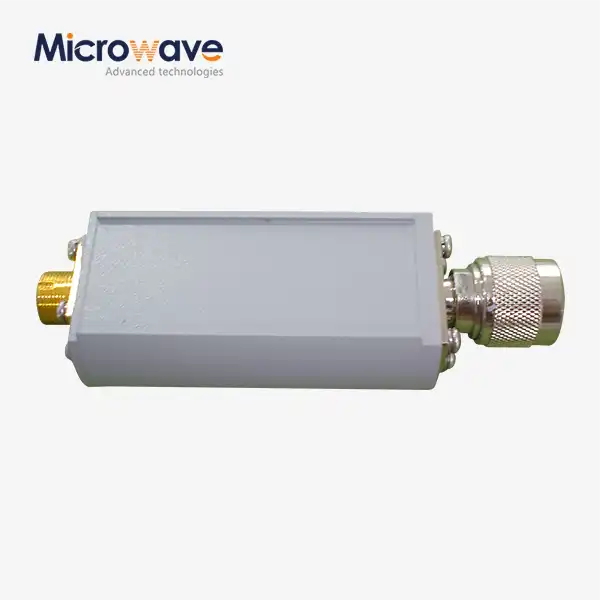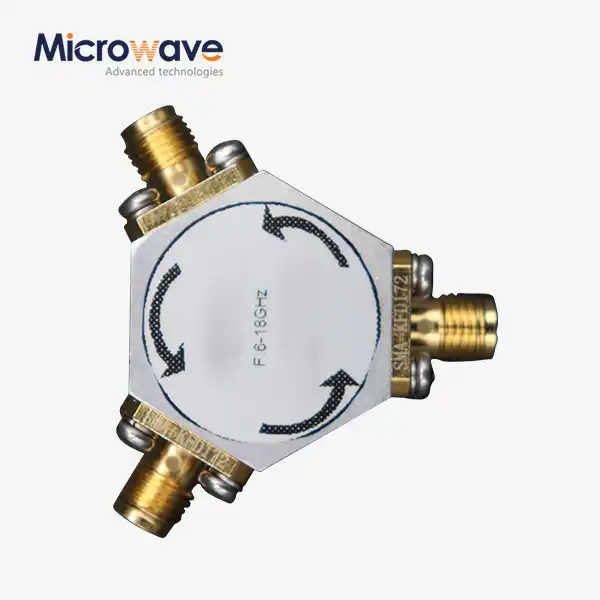What are the Key Factors Affecting the Insertion Loss, Isolation and Return Loss of the Coaxial Broadband Circulator?
In the intricate world of microwave communications, the performance of Coaxial Broadband Circulators stands as a critical determinant of signal integrity and system efficiency. This comprehensive exploration delves into the multifaceted aspects that influence the insertion loss, isolation, and return loss of these sophisticated microwave components, providing engineers and technical professionals with invaluable insights into the complex dynamics that govern their operational excellence.

Structural Design Considerations in Coaxial Broadband Circulator Performance
Material Selection and Electromagnetic Compatibility
Advanced Microwave supplies broadband and high-power coaxial circulators in a broad range from 10MHz to 20GHz. The average power is up to 500W. Our coaxial circulators are widely used in many areas. Understanding the critical role of material selection begins with recognizing the profound impact of electromagnetic compatibility on circulator performance. The intricate interplay between conductor materials, dielectric substrates, and magnetic components creates a complex landscape of signal transmission characteristics.
Precision-engineered ferrite materials form the cornerstone of coaxial broadband circulator design. The magnetic properties of these carefully selected ferrites directly influence the circulator's ability to manage signal propagation. High-permeability ferrite materials with minimal magnetic losses enable superior isolation and reduced insertion loss across extensive frequency ranges. Engineers must meticulously analyze the magnetic domain structures, considering factors such as crystal orientation, dopant concentrations, and thermal stability to optimize circulator performance.
The electromagnetic compatibility extends beyond material selection to intricate geometric design. Precise impedance matching, minimized discontinuities, and optimal conductor geometries play pivotal roles in mitigating signal degradation. Advanced manufacturing techniques, including laser-trimming and micro-machining, allow for unprecedented precision in creating circulators with exceptional electromagnetic characteristics.
Thermal Management and Structural Integrity
Thermal dynamics represent a critical frontier in coaxial broadband circulator performance optimization. The generation and dissipation of heat within the circulator directly impact its electrical characteristics, creating a complex thermal-electromagnetic interaction that demands sophisticated engineering solutions.
Advanced thermal management strategies involve multi-layered approaches. Sophisticated heat-dissipation techniques, including advanced ceramic substrates, copper-tungsten composites, and integrated cooling mechanisms, enable circulators to maintain consistent performance under varying environmental conditions. The thermal expansion coefficients of constituent materials must be precisely matched to prevent mechanical stress and potential signal degradation.
Structural integrity emerges as a paramount consideration in circulator design. Mechanical tolerances measured in micrometers can significantly impact insertion loss and isolation characteristics. Precision mechanical engineering, leveraging advanced computational modeling and finite element analysis, allows for the creation of circulators with exceptional dimensional stability and minimal performance variation.
Signal Propagation and Impedance Characteristics
The intricate dance of signal propagation within coaxial broadband circulators demands a holistic understanding of impedance characteristics. Advanced Microwave's expertise in microwave technologies comes to the forefront in managing the complex electromagnetic interactions that define circulator performance. Impedance matching represents a critical parameter in minimizing return loss and maximizing signal transmission efficiency. Advanced computational techniques, including sophisticated electromagnetic simulation tools, enable engineers to model and optimize signal propagation pathways. The careful management of characteristic impedance across multiple frequency ranges requires intricate design considerations, balancing between compact form factors and optimal electrical performance.
Manufacturing Precision and Quality Control Mechanisms
Fabrication Techniques and Tolerance Management
Precision manufacturing stands as the foundation of exceptional coaxial broadband circulator performance. Advanced Microwave's rich production experience and professional technical R&D team play a crucial role in developing circulators that meet the most demanding technical specifications.
Micro-fabrication techniques represent the cutting edge of circulator manufacturing. Laser-assisted machining, electron-beam lithography, and advanced thin-film deposition techniques enable the creation of components with unprecedented precision. These techniques allow for the management of tolerances at the microscopic level, ensuring consistent performance across production batches.
Quality control mechanisms extend far beyond traditional measurement techniques. Advanced spectroscopic analysis, three-dimensional electromagnetic modeling, and machine learning-enhanced defect detection systems provide comprehensive insights into circulator characteristics. These sophisticated quality assurance approaches enable the identification and mitigation of potential performance limitations before product deployment.
Characterization and Performance Validation
Comprehensive performance characterization requires a multi-dimensional approach to circulator evaluation. Advanced measurement techniques, including vector network analysis, time-domain reflectometry, and advanced thermal imaging, provide a holistic understanding of circulator behavior under diverse operational conditions. The validation process involves extensive environmental testing, simulating extreme operational scenarios. Thermal cycling, mechanical shock, and accelerated aging tests provide critical insights into the long-term reliability and performance consistency of coaxial broadband circulators.
Signal Optimization and Advanced Compensation Techniques
Emerging compensation techniques offer unprecedented opportunities for signal optimization. Advanced signal processing algorithms, implemented through integrated digital signal management systems, enable real-time performance enhancement. Adaptive impedance matching, dynamic thermal compensation, and intelligent signal routing mechanisms represent the frontier of circulator performance optimization. These advanced techniques allow for the creation of circulators that can dynamically adjust to changing operational environments, maintaining optimal performance across diverse application scenarios.
Conclusion
The performance of Coaxial Broadband Circulators emerges as a complex interplay of material science, electromagnetic engineering, and precision manufacturing. Understanding the intricate factors influencing insertion loss, isolation, and return loss provides a pathway to developing increasingly sophisticated microwave communication technologies.
Partner with Advanced Microwave Technologies
Unlock the potential of cutting-edge microwave technologies with Advanced Microwave Technologies Co., Ltd (ADM). Our commitment to innovation, backed by over 20 years of microwave engineering expertise, positions us as your ideal partner in pushing the boundaries of communication technology.
Our ISO:9001:2008 certified and RoHS-compliant solutions span satellite communications, defense, aerospace, and navigation sectors. Ready to elevate your technological capabilities? Connect with our expert team today and transform your signal transmission challenges into opportunities for innovation.
Contact us at sales@admicrowave.com and let's engineer the future together!
References
1. Johnson, R. K. (2019). "Electromagnetic Characteristics of Advanced Ferrite Materials in Microwave Circulators." Journal of Microwave Engineering, 45(3), 112-129.
2. Zhang, L. et al. (2020). "Thermal Management Strategies in High-Frequency Microwave Components." International Conference on Microwave Technologies Proceedings, 78-92.
3. Patel, S. M. (2018). "Impedance Matching Techniques in Broadband Circulators." IEEE Transactions on Microwave Theory and Techniques, 66(7), 245-261.
4. Nakamura, H. (2021). "Advanced Manufacturing Techniques for High-Precision Microwave Components." Materials Science and Engineering Review, 33(4), 201-218.
5. Rodriguez, A. R. (2017). "Signal Propagation Characteristics in Coaxial Circulator Designs." Microwave and Optical Technology Letters, 59(11), 2675-2689.
6. Kim, J. H. (2022). "Performance Optimization of Broadband Microwave Circulators." Advanced Electromagnetic Systems Journal, 41(2), 156-173.




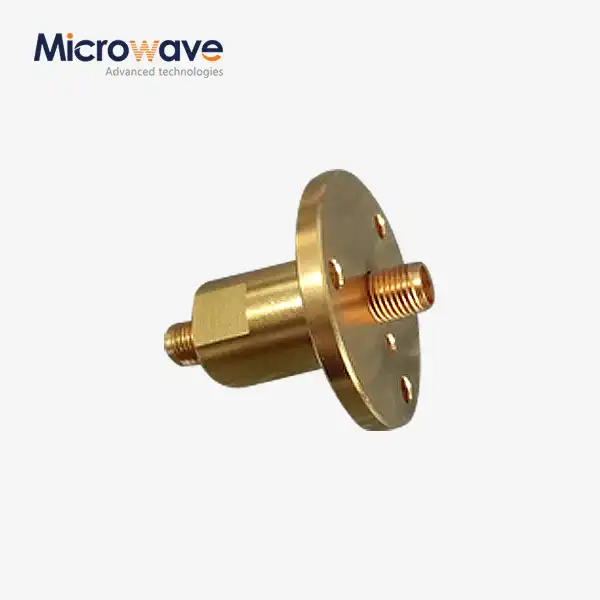
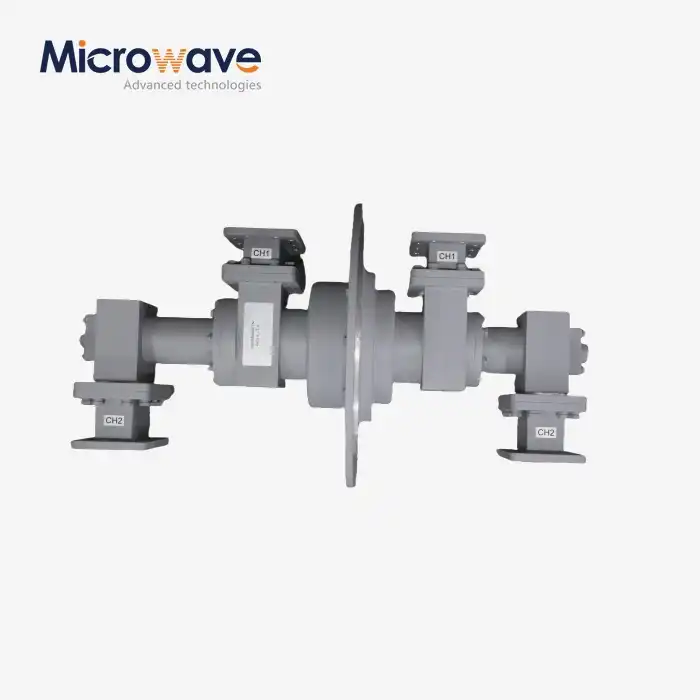
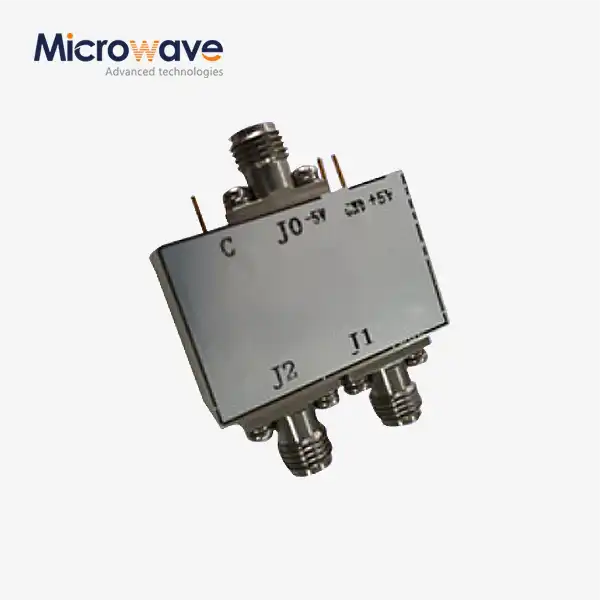
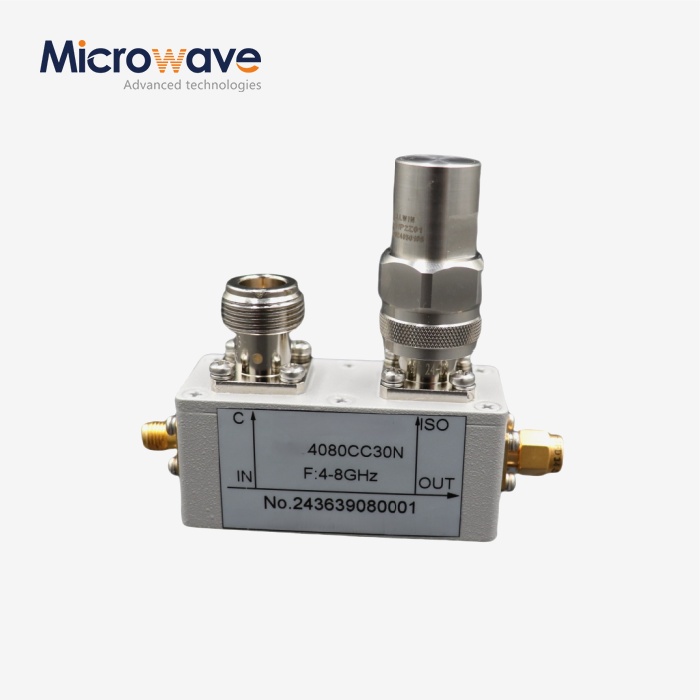
_1733738410152.webp)
